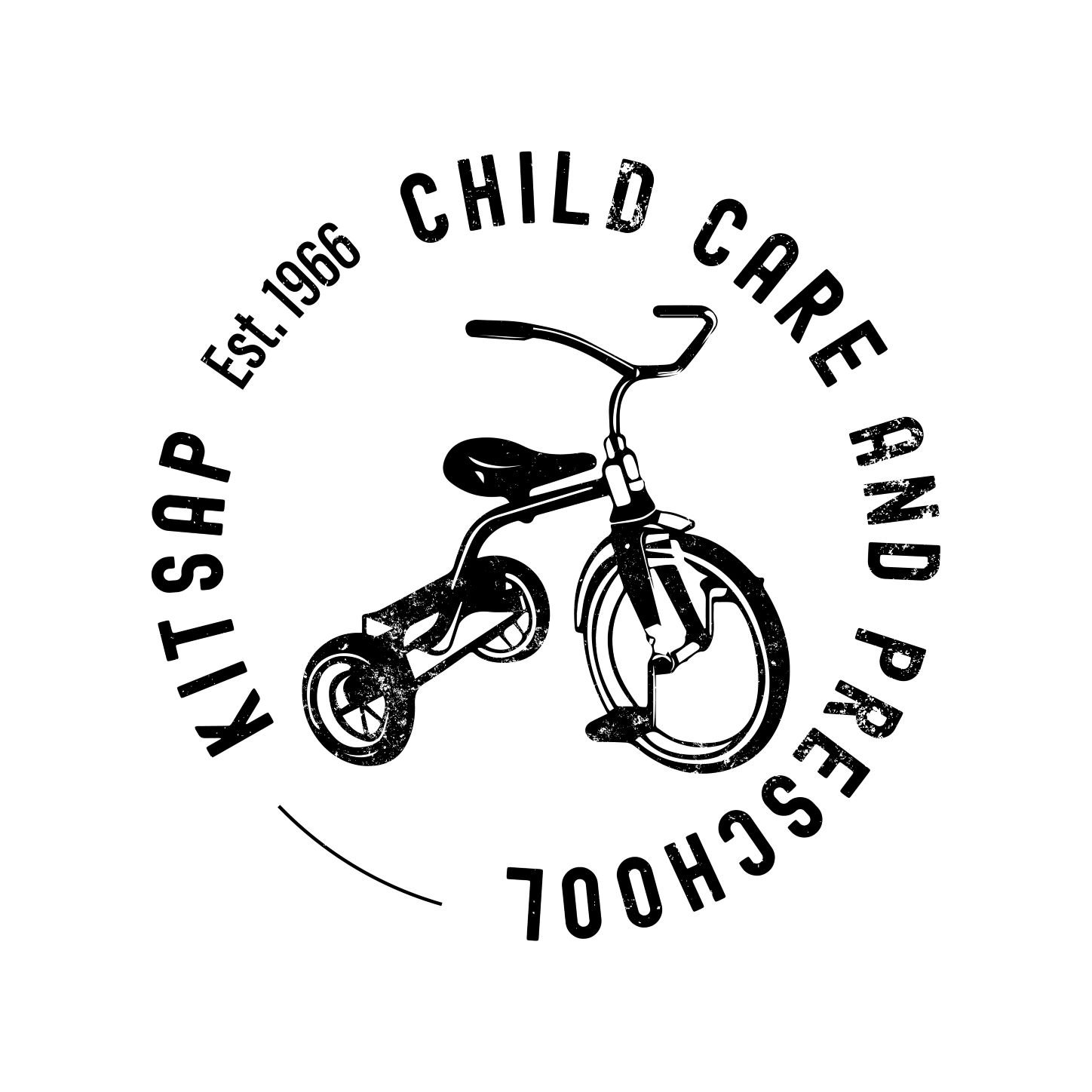OUR STRATEGIES
Children are all learning and developing at different levels.
We offer hands on approaches, and play based learning in our classrooms.
We engage children with the following strategies
Creative lessons that enable children of different abilities to achieve
Child friendly language and activities
Developmentally based teaching that works at every level
Hands-on approach that promotes active participation
PRE-K
In our Pre-K classroom we utilize two programs “Second Step” & “Handwriting Without Tears” (Get Set For School). https://www.hwtears.com/gss
Second Step Social Emotional Skills for Early Learning– This early learning program has been carefully designed to help guide children to learn, practice, and apply skills for self-regulation, and social-emotional competence. This program has four core program components: Weekly Theme activities, playing Brain Builder games, reinforcing skills and concepts, and engaging families.
Readiness & Writing– This is the core of Get Set for School. The handwriting component is based on more than 25 years of success with Handwriting Without Tears. Writing requires many skills that are essential for school: physical, language, cognitive, and perceptual. We use music, movement, and multisensory manipulatives to teach the core readiness skills including crayon grip, letter and number recognition, number and capital letter formation, and body awareness.
Language & Literacy-This program wonderfully complements the writing program. We use dramatic play, singing, finger plays, manipulatives, and movement to teach children to rhyme, clap syllables, make and break compound words, and identify sounds. We expose children to rich literature to foster a love of reading, build vocabulary, and learn how books work. Children learn facts from informational text. They learn to use new words and develop oral language skills by listening, retelling , and narrating stories. They also learn that there is meaning in the words they say as they watch what teachers write and what they say.
Numbers & Math– This program is a natural extension of the Get Set for School readiness program and helps children build number sense right from the start. We use manipulatives, music, and rhymes to teach counting, comparisons, spatial awareness, patterning, sequencing, matching, sorting, problem solving, and even Pre-K geometry skills. Lessons give children time to play with real objects and test their ideas so that math becomes real and meaningful. Children also develop oral language that helps them learn about and express math concepts.
preschool
In the preschool classroom we utilize the Creative Curriculum coupled with our Second Step curriculum. As the children progress through the year they will be introduced to the Readiness & Writing portion of Hand Writing Without Tears.
Second Step Social Emotional Skills for Early Learning– This early learning program has been carefully designed to help guide children to learn, practice, and apply skills for self-regulation, and social-emotional competence. This program has four core program components: Weekly Theme activities, playing Brain Builder games, reinforcing skills and concepts, and engaging families.
Creative Curriculum–
Five chapters cover knowing Infants, Toddlers, and Twos, Creating a Responsive Environment, Responsive Relationships, Caring and Teaching, and Building Partnerships With Families.
Readiness & Writing– This is the core of Get Set for School. The handwriting component is based on more than 25 years of success with Handwriting Without Tears. Writing requires many skills that are essential for school: physical, language, cognitive, and perceptual. We use music, movement, and multi-sensory manipulatives to teach the core readiness skills including crayon grip, letter and number recognition, number and capital letter formation, and body awareness.
toddler
In our toddler classroom we utilize the Creative Curriculum “Routines & Experiences” and “Objectives for Development & Learning”.
Creative Curriculum–
This curriculum begins with an overview of the theory and research that underlie the curriculum’s focus on meeting children’s basic needs, fostering secure attachments and promoting other aspects of social-emotional development. Supporting cognition and brain development five chapters cover knowing Infants, Toddlers, and Twos, Creating a Responsive Environment, Responsive Relationships, Caring and Teaching, and Building Partnerships With Families.
Assessments
Assessments begin at the moment we first meet a child. Children are assessed continually throughout the year with checkpoints in the Fall and Spring. Family conferences are held twice a year (and individually as needed) to celebrate children’s learning. Assessments will be relevant to each child or adapted to meet specific needs of each child. The Toddler and Preschool classroom utilize the ASQ (Ages & Stages Questionnaire), DECA 2nd Edition (Devereux Early Childhood Assessment), as well as a child portfolio that keeps a record of your child’s progress. The Pre-K class uses the “Get Set for School” assessment as well as the DECA and child portfolios.
We partner with the Bremerton School District in order to follow the progress of our Pre-K children through Kindergarten. They come in twice a year to test for school readiness. The areas of readiness they test are picture naming, rhyming, first sound fluency, letter naming, and which one does not belong.
